The battleship Yamato represents a symbol of power and technological ambition of the Imperial Japanese Navy during World War II. Designed to be invincible in combat, it became the pinnacle of the era of great battleships, before aircraft carriers marked their definitive decline. Its history is marked by innovations, battles, and an epic sacrifice.
1. Design and Construction
Conceived in the 1930s, Yamato was designed with the intent of dominating the Pacific Ocean. Due to the limitations imposed by naval treaties, Japan secretly developed a class of ships that was unprecedented.
Technical Specifications:
Length: 263 meters
Width: 38.9 meters
Displacement: 72,800 tons fully loaded
Armor: up to 650 mm in the most critical areas
Main armament: 9 460 mm guns
Built at the Kure Naval Arsenal, Yamato was launched in 1940 and completed in 1941, becoming the most powerful warship ever built.
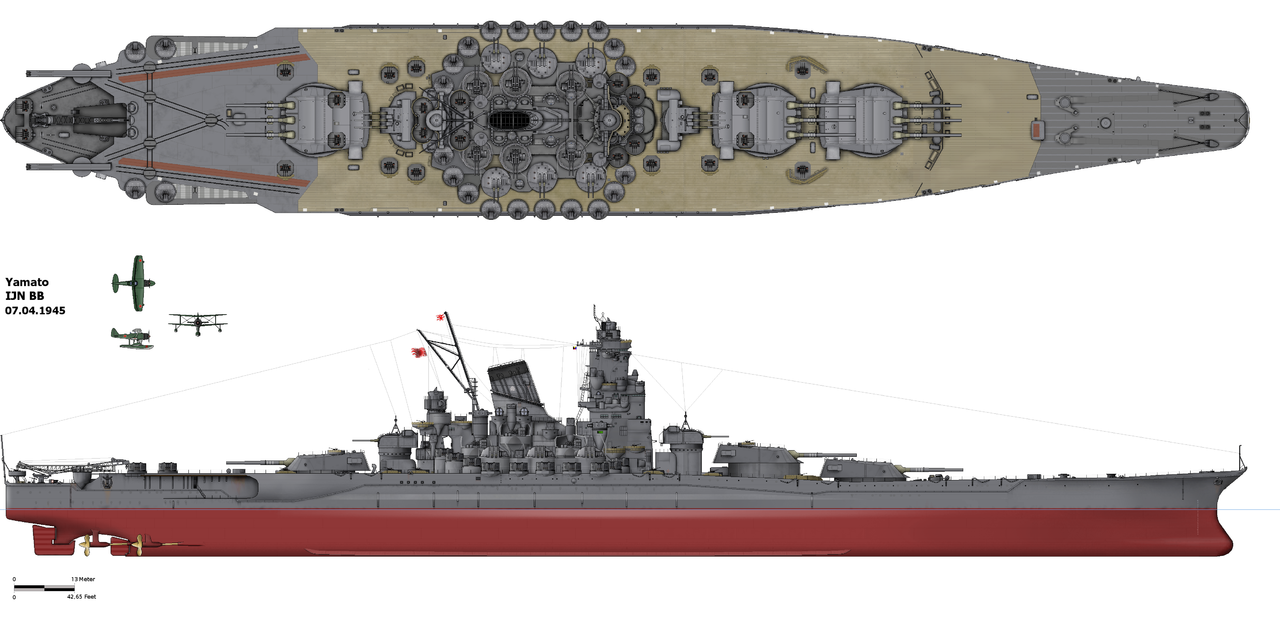
2. Firepower and Technology
Yamato possessed unparalleled firepower: its 460 mm guns could strike targets over 40 km away with one-ton shells. Its armor made it almost impregnable, while its advanced targeting systems ensured exceptional accuracy. However, the growing importance of aerial warfare and aircraft carriers soon rendered this naval warfare concept obsolete.
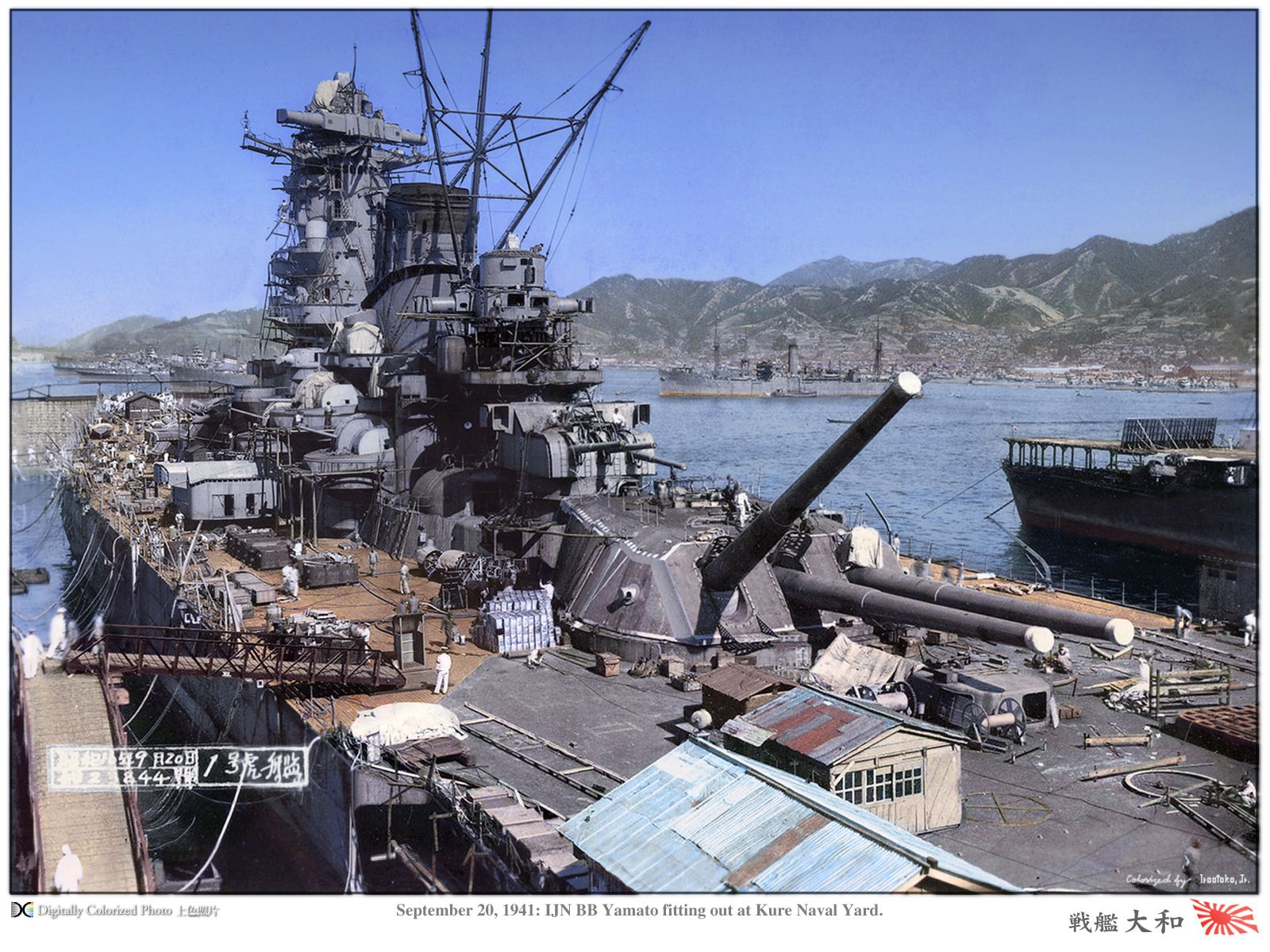
3. Service and Battles
During World War II, Yamato was used sparingly due to concerns about losing it. Its first major battle was the Battle of Leyte Gulf in October 1944, the largest naval battle in history.
The Battle of Leyte Gulf
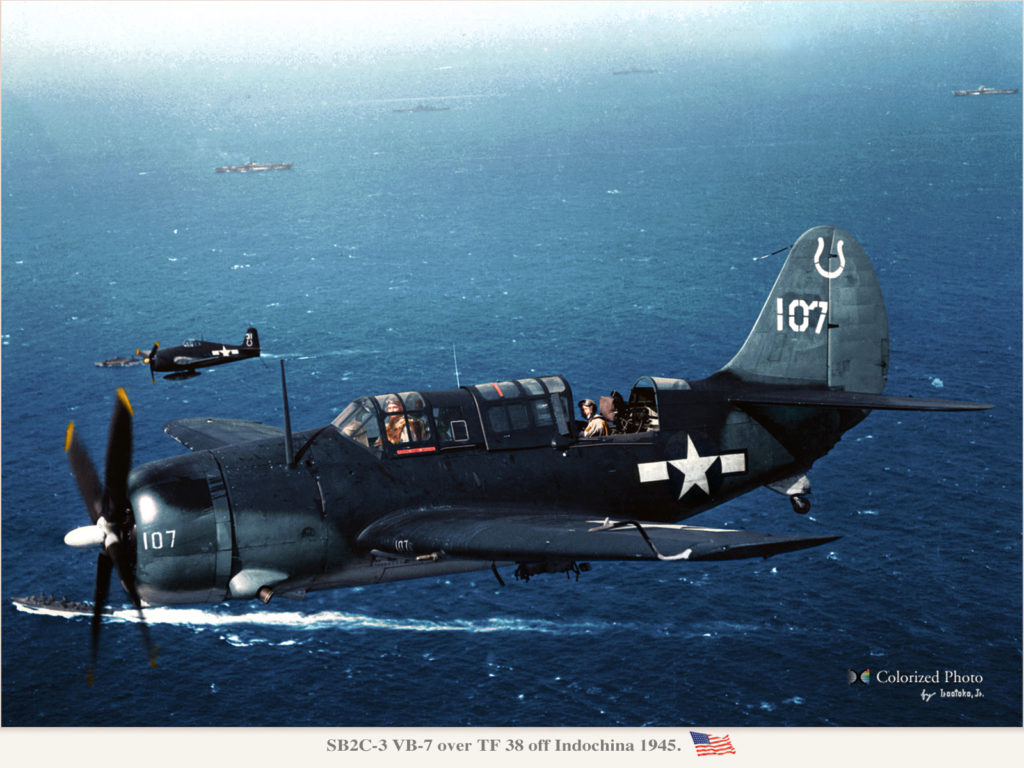 This battle marked the desperate attempt of the Imperial Japanese Navy to counter the American advance in the Philippines. Yamato was part of the Central Force, commanded by Admiral Takeo Kurita, tasked with attacking the American invasion fleet in the Leyte Gulf.
This battle marked the desperate attempt of the Imperial Japanese Navy to counter the American advance in the Philippines. Yamato was part of the Central Force, commanded by Admiral Takeo Kurita, tasked with attacking the American invasion fleet in the Leyte Gulf.
On October 23, 1944, Yamato and its group were attacked by American submarines, resulting in the loss of two Japanese battleships. Later, on October 25, they clashed with an escort carrier task force and destroyers in the Battle off Samar. Despite its enormous firepower, Yamato failed to inflict decisive damage on the American units, while tenacious U.S. resistance and aerial attacks forced Kurita to retreat.
This battle demonstrated the obsolescence of large battleships against modern naval aviation warfare and marked a strategic defeat for Japan.
4. The Final Mission and Sinking
In 1945, with Japan in crisis, Yamato was sent on a suicidal mission towards Okinawa, known as Operation Ten-Go. On April 7, it was intercepted by over 300 American aircraft, which struck it with numerous torpedoes and bombs. After two hours of resistance, a catastrophic explosion led to its sinking. Over 3,000 crew members lost their lives.
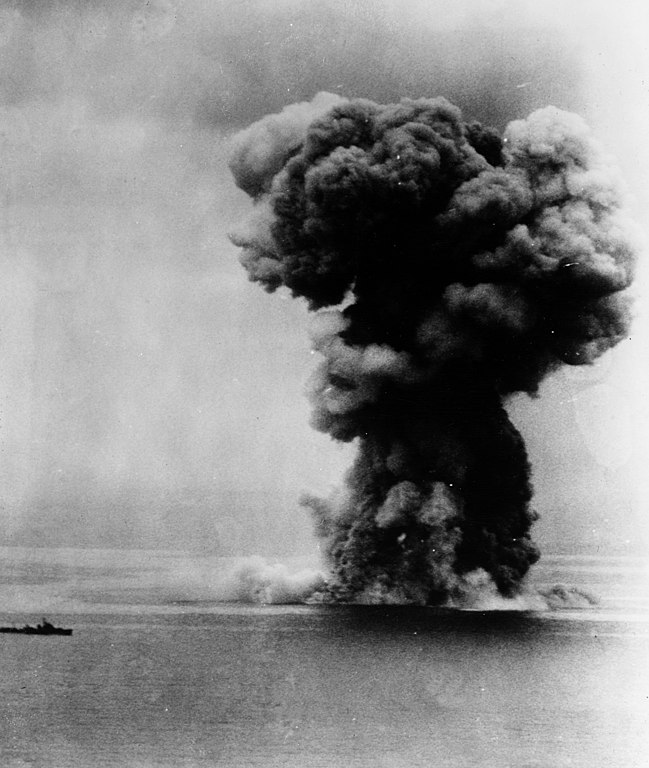
Explosion of the Japanese battleship Yamato on 7 April 1945
5. The Legacy of Yamato
Despite its fate, Yamato remains an icon of military history. Its wreck, discovered in the 1980s, continues to be studied. Its legend lives on in popular culture, with references in anime, films, and video games.
Yamato was the pinnacle of naval engineering of its time, but also a symbol of an outdated strategy. Its sacrifice marked the end of the battleship era, paving the way for the supremacy of aircraft carriers in modern warfare.
Sources:





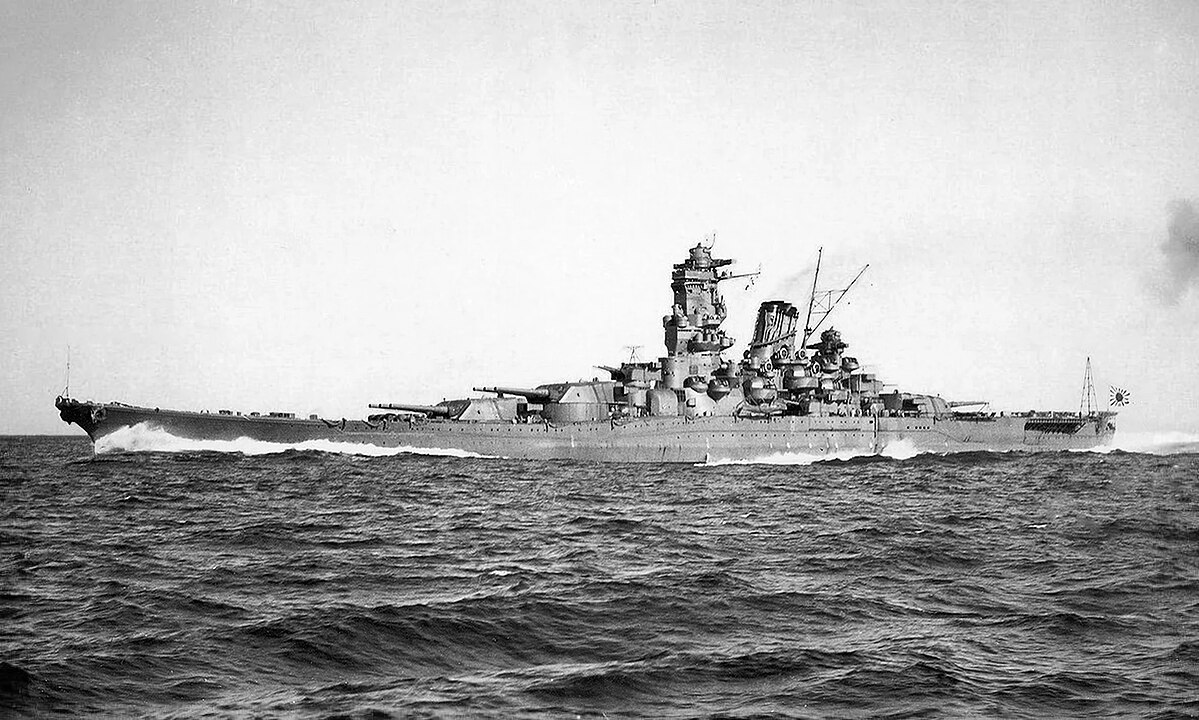


Leave a Comment